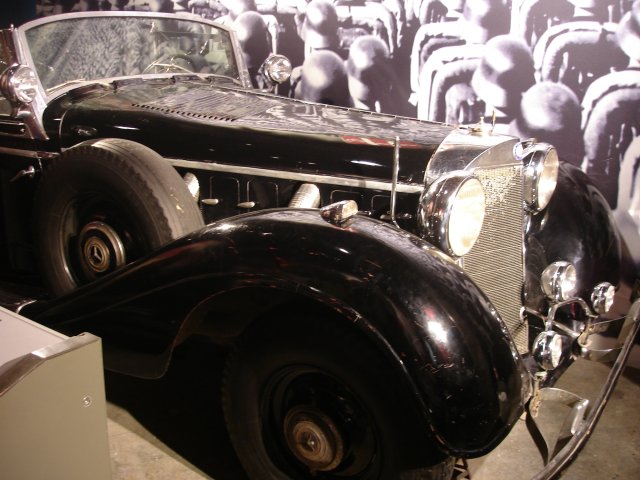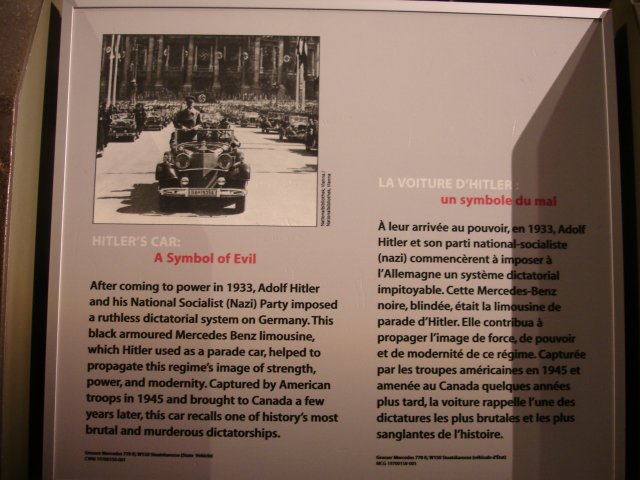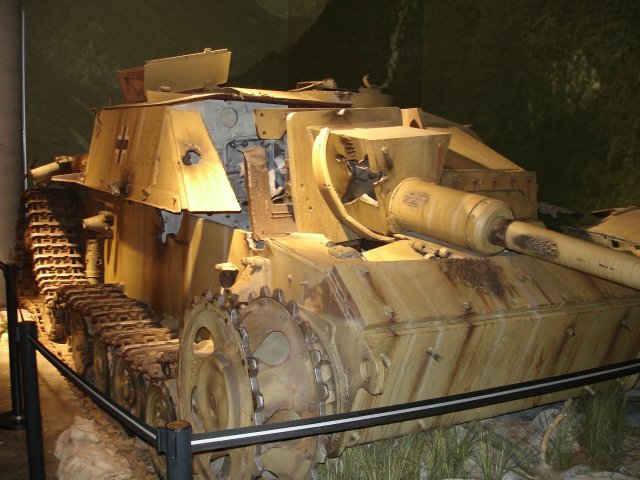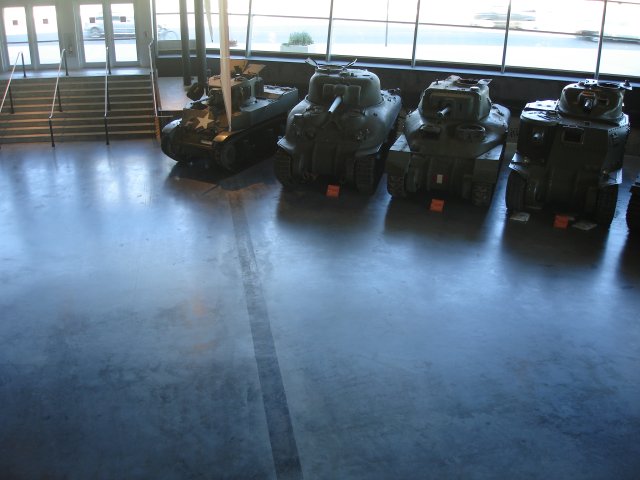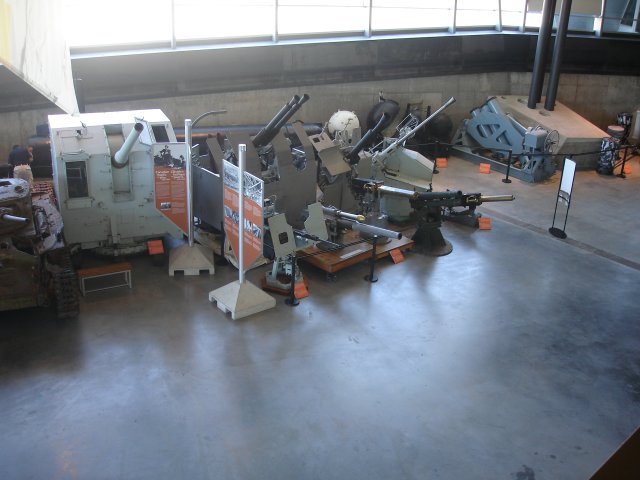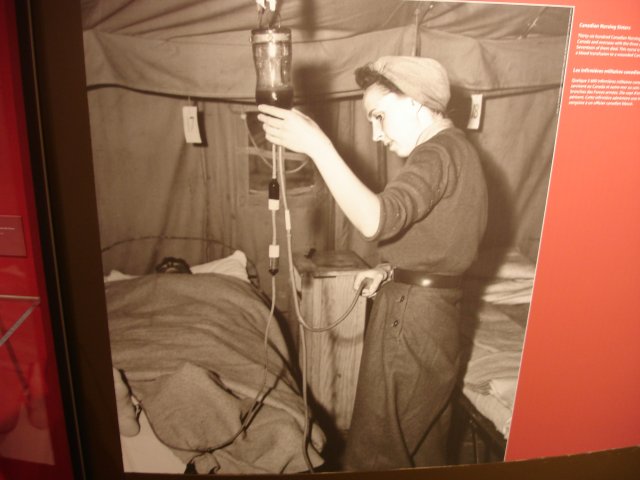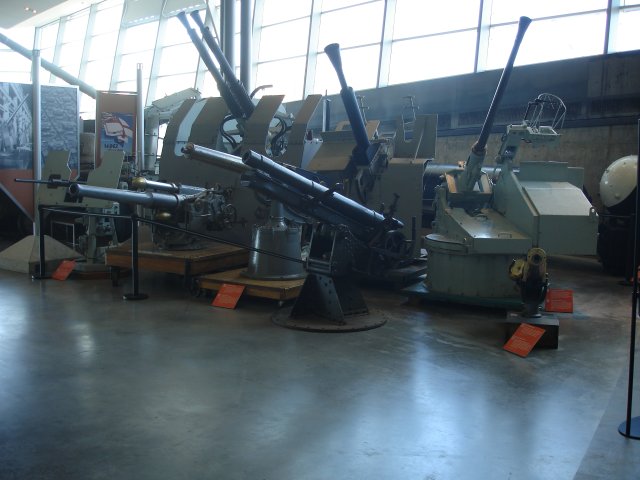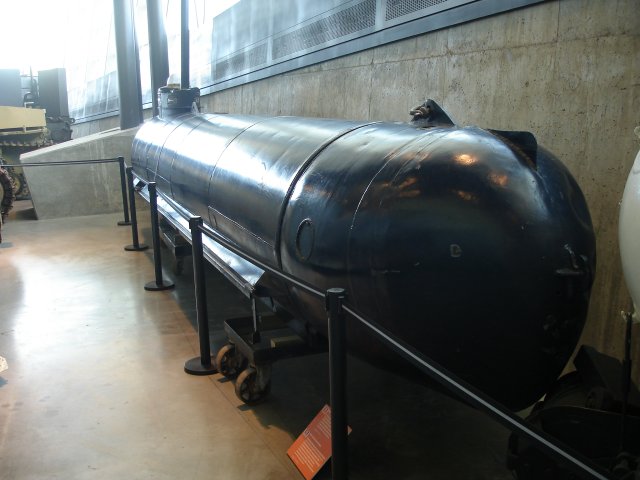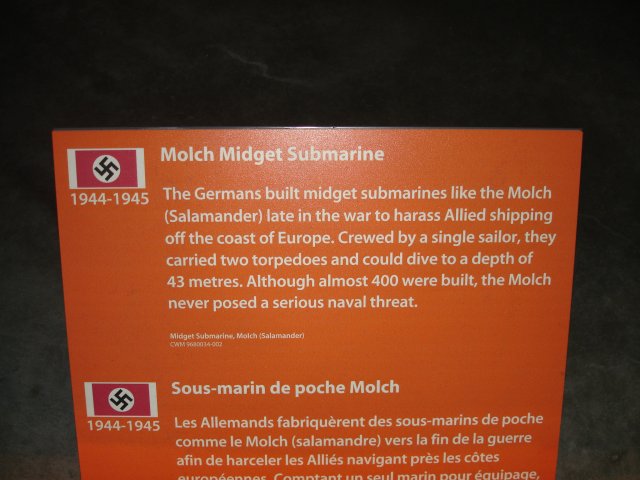From New Linux look fuels old debate:
For Nvidia, intellectual property is a secondary issue. “It’s so hard to write a graphics driver that open-sourcing it would not help,” said Andrew Fear, Nvidia’s software product manager. In addition, customers aren’t asking for open-source drivers, he said.
The open-source community already maintains many drivers. Even if NVidia’s drivers are somehow better at present, I bet NVidia would be very surprised how quickly the community would improve them. “It’s so hard to write a graphics driver that open-sourcing it would not help,” sounds like something people would have said about building a high-quality operating system like Linux 10 years ago.
Secondly, as an NVidia customer, I am asking for open-source drivers. I am sick of the driver dance that closed drivers force me to go through. I want my graphics driver to be packaged and updated as necessary by my distribution just like the rest of my system. I want an open-source driver so that the Xorg developers can modify the driver to take advantage of new features and architectural changes. As the speed of development on Xorg increases (which appears to be the case in recent history) proprietary drivers are going to have more difficulty keeping pace.
The next graphics card I buy will have good open-source drivers, even if it slower than the alternative with proprietary drivers. From the article linked above, it looks like it may use an Intel graphics chip.
Note: If you don’t understand why the Linux kernel developers dislike the idea of closed-source drivers so much you should read Linux in a binary world… a doomsday scenario by Arjan van de Ven (also linked to in the quoted article).
